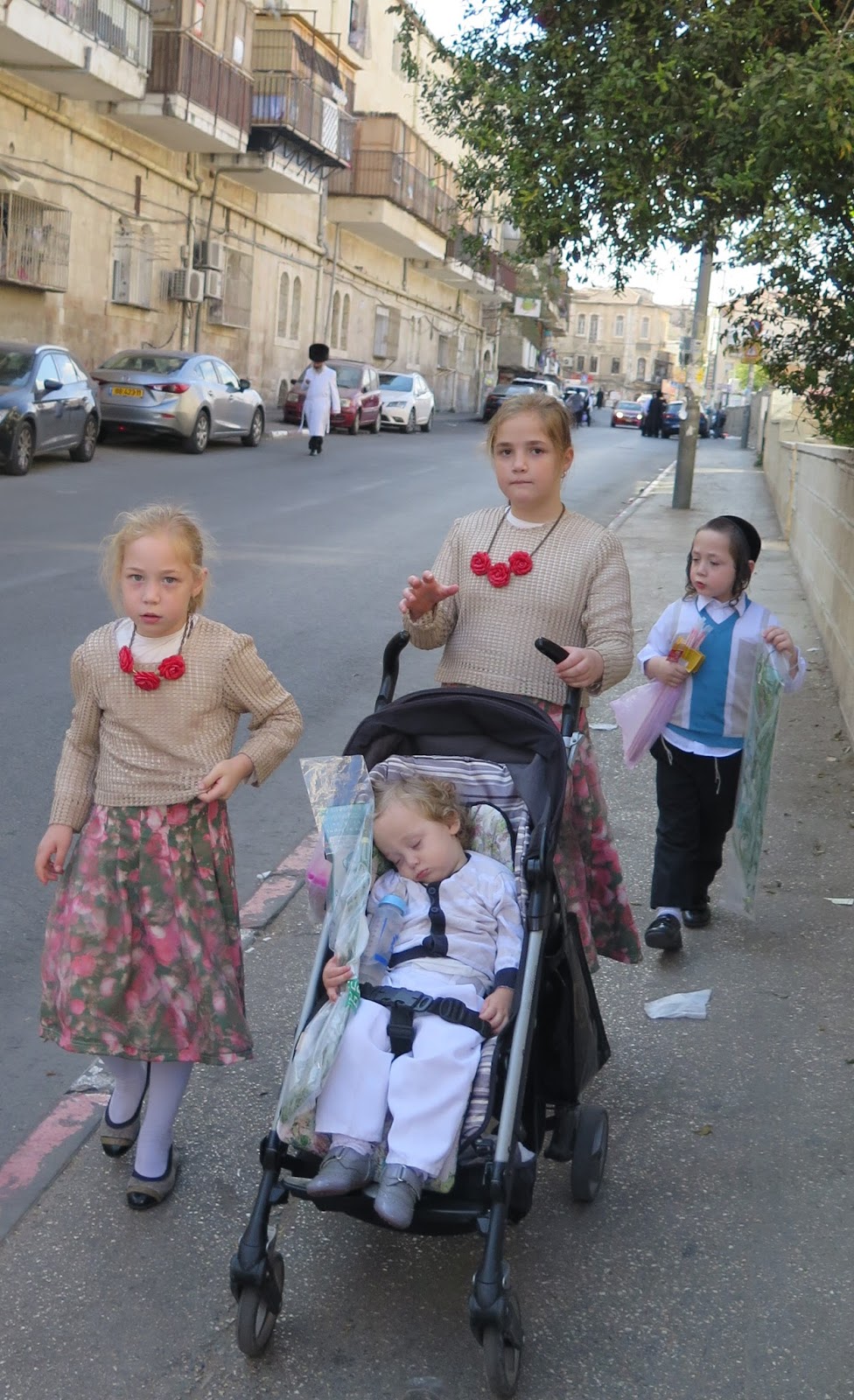The cooks got into the action by decorating the Oasis
(that's the cafeteria) so the setting was perfect.
Photo: Ophir (Jewish professor) brought his children to "Trick or Treat" so everyone purchased kosher treats to give out. This is the 2nd time in their life they've experienced the celebration of Halloween. Janice Esplin (professor's wife) helped direct them to the next level where Dr. Esplin was waiting with two or their children to give out treats. Since the students live on two levels, it was a fun outing for the little people in costume. They went door to door and collected lots of treats.
Photo: These girls were my inspiration.
Photo: "It's a boy . . . a really big boy!"
Happy Halloween and to all a good night! We left as the students
danced the night away but we had a baby to take care of!!!































































